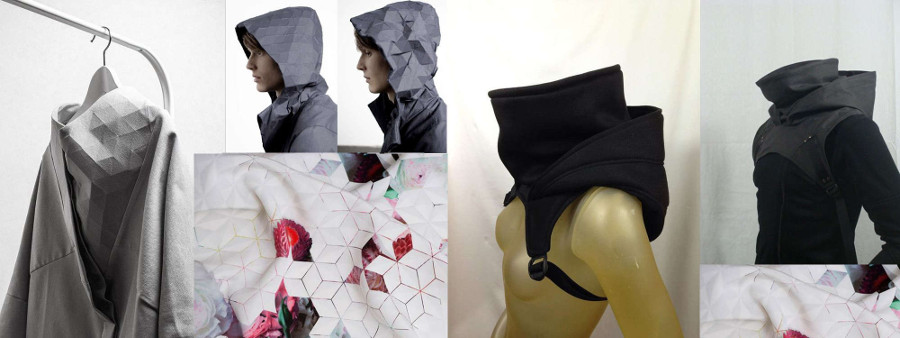Final Project: First Ideas
Final Project: Development Plan
Final Project: First Ideas [unrealized]
#1
FabPen + Research and Documentation Kit
FabPen + Research and Documentation Kit
Initial Inspiration:
Inspired by the cyberpunk novel “The Diamond Age: Or, A Young Lady's Illustrated Primer” by Neal Stephenson and confronted with the inefficiency resulting from paper-loving and digital dependency, I first imagined to hack paper to create an interactive book. I wanted to transfer handwritten notes instantly into digital text. I imagined the interactive book to also have an audio file reader to play eg. interview recordings. The audio-files themselves I imagined in post-it form, so I could just stick them into the book.
I realized however, that I was starting at the wrong end: instead of hacking the paper I needed to hack the pen. My initial online research led me to an already existing product: the Smartpen 3.
The Existing Product: Function and Limitation
The Smartpen 3 enables the translation of analog into digital text via USB and Bluetooth across devices and operating systems. Handwritten notes are uploaded into the cloud and through the companion app synchronized in a digital notebook. The digitized handwritten notes can be converted into typed text with a click. Additionally, the pen inlcudes a microphone-recorder, which links notes to the moment of recorded speech. Produced by Livescribe, the product costs approx. 170 Dollars and functions only in its contained software environment. The tech specifications include an infrared camera which tracks the line with the help of dotted paper, an ARM processor, Bluetooth Smart chipset, flash memory and lithium ion battery. While the hardware gets excellent reviews, the software and app seem to be almost unusable. Apart from being limited by a pre-defined interface structure, the Smartpen 3 customer is also subjected to the privacy conditions of Livescribe. These two factors prevent not only creative exploration of the technology but alos disturb the possibility of using Smartpen 3 in Investigative Journalism or other sensitive data based research, which is dependent on self-determined privacy settings and user control of information.
Usefulness and Practicality
As an anthropologist on PhD field research, I am dependent on a time-efficient and practical transmission between handwriting and digital text. More importantly, I have to ensure the protection of the collected information. My generated data consists of lived experiences and bodies of knowledge, which have been shared with me by research participants based on relationships of trust. The commercial environment of Smart Pen 3 prevents User self determination and its locked-in technological environment hinders further creative usage and development of its technology.
Final Project and Technical Outline
My final project aims to reverse engineer and further develop the technology applied in the Smartpen 3 with an Open Source approach. Highly useful would be an automated insertion of files into a data base software, indexing files by date, place, people present and allowing for the listing and linkage of other file formats (handwriting, typed text, audio files, online links, photos, videos). The generated index would be an overview of the research content generated, while all files should be accessible from the index. While there is database software available for this purpose, e.g. OmniOutliner,these are often expansive commercial software, which again render the client dependent on their available financial means as well as the respective company´s privacy regulations.
The Fab Documentation Kit
The Fab Pen could be part of an extendable documentation kit, which next to pen and database software could include an Open Source camera, which is currently developed by XXX in the IAAC´s MA on Technology. This kit could be further extended with "untapped" secure hardware, to back up information and recreate privacy control in the hands of the user.
#2
Colour or Shape Shifting Hoodie "socialfilter"
I want to make a wearable, an e-hoodie of postapocalyptic-cyborg appearance, which either changes colours or shape, according to sensory input (e.g. heart rate or temperature). I searched for designs on pinterest and made this collage of various reference photos in Gimp. I also raw sketched the hood for a better understanding of it´s possible design options.

#3
Other ideas
A Foldable Desk for Contemporary Nomads
I want to use the chance of the “make something big” assignment to solve a year-old problem of mine. Living a nomad lifestyle, while being a writer always generates the problem of lacking sufficient workspace. I plan to make a large desk, which can be folded efficiently to fit into the car and allow for easy transport.